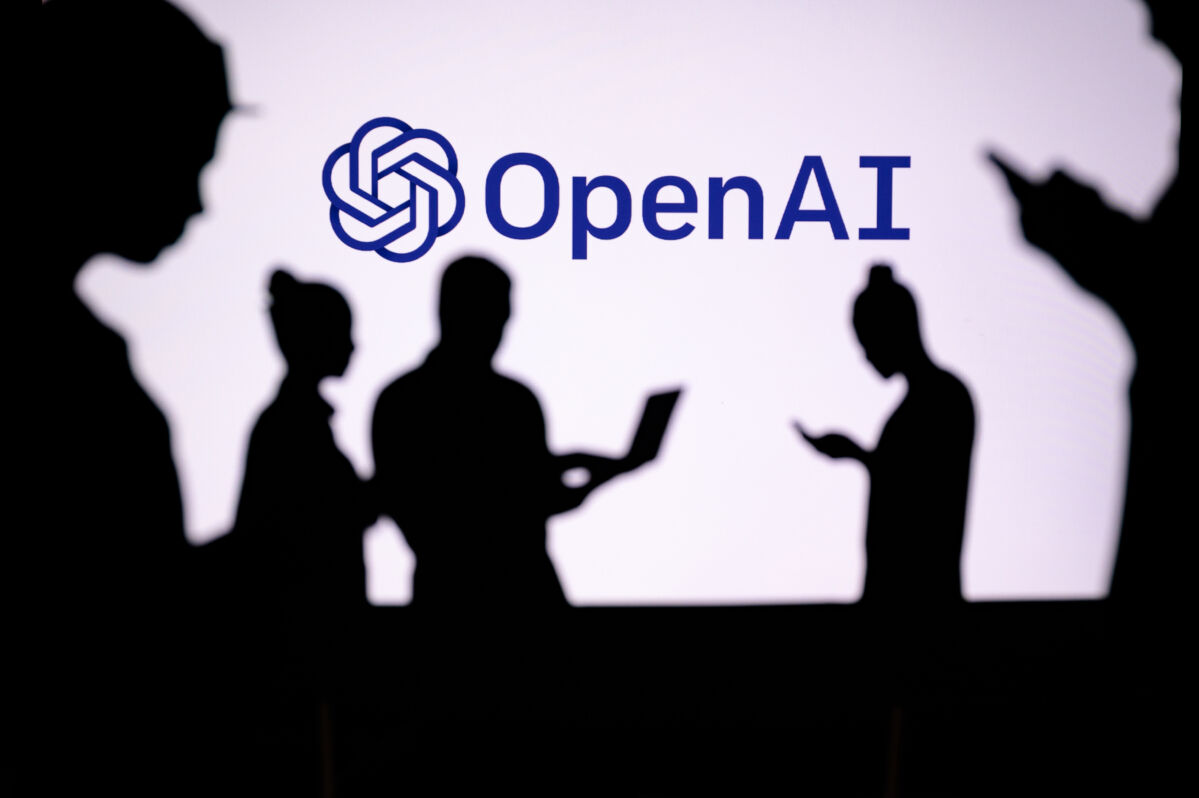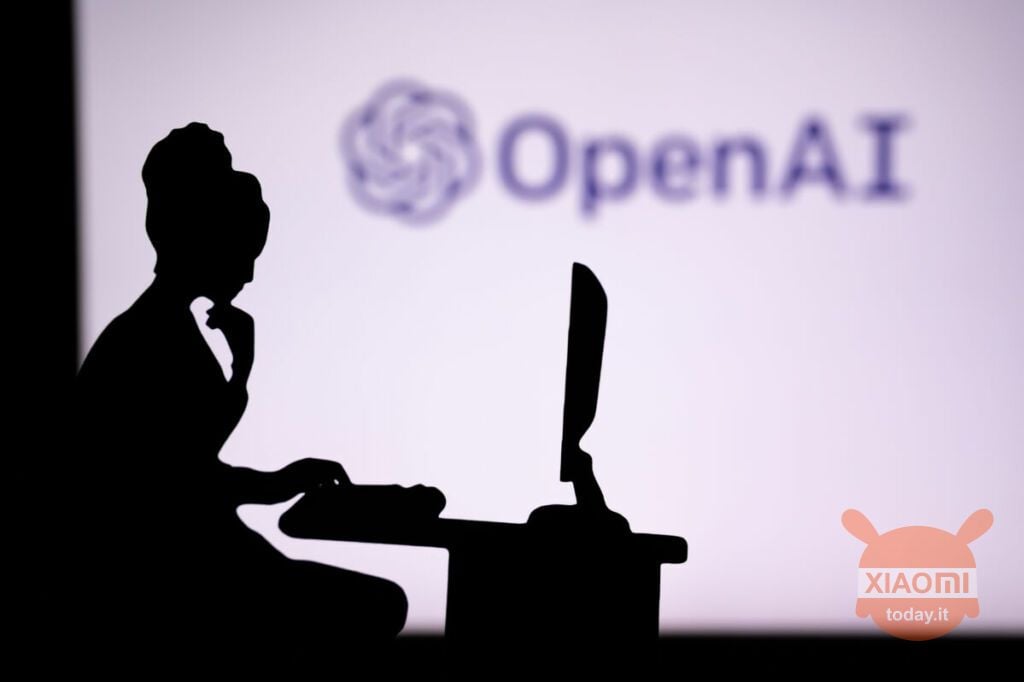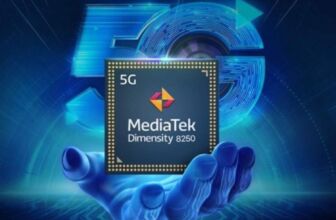
OpenAI is one of the most discussed and influential companies. Recently, the company released a blog post that caught the attention of educators, students, and tech enthusiasts. The post provided tips on how to use ChatGPT as a teaching tool. However, one part of the post raised eyebrows and generated debate: the admission that AI-based handwriting detectors aren't that reliable as you might think. Let's see the details of the article together.
The reality of AI detectors according to OpenAI: a framework poco clear
In the FAQ section of the post, OpenAI has faced the issue of AI writing detectors, stating that “none of these tools have been shown to reliably distinguish between AI-generated content and human-generated content“. This statement is especially relevant in an age where AI-generated writing is becoming increasingly sophisticated, to the point of confusing even experts. In fact, some studies have shown that these detectors often produce false positives, questioning their effectiveness and reliability.
Texts, precision and reliability
But what does this statement really mean in the broader context of artificial intelligence and its integration into society? First of all, it highlights the increasing complexity of language models like ChatGPT, which are have become so advanced that they generate texts that are almost indistinguishable from those written by humans. This raises ethical and practical questions, especially in academia, where the possibility of AI-assisted plagiarism is one concern increasing.
Secondly, OpenAI's statement highlights the need to develop more effective detection methods. At the moment, many detectors they rely on metrics and algorithms that have not been sufficiently tested or validated. For example, some use natural language analysis (NLP) to look for specific patterns in text, but these patterns can be easily manipulated or circumvented. Still others rely on databases of AI-generated text examples, but these databases are often outdated or incomplete.
Finally, the lack of reliability of current AI detectors opens the door to potential abuse. Let's imagine a context in which an erroneous AI detector mislabels an academic essay as AI-generated, putting the career of a student or researcher at risk. Or, consider the risk that people may begin to doubt the veracity of any type of online content, further fueling the misinformation crisis.

Read also: Artificial intelligence: why we should keep an eye on the UAE
OpenAI: ChatGPT and its conscious “ignorance”.
Another crucial point raised by OpenAI is the ChatGPT's inherent limitation in recognizing whether a text was generated by an artificial intelligence or a human. This is a detail that many may not consider, but one that has significant implications not only for academia but also for industry and society at large. For example, if ChatGPT cannot distinguish between AI-generated content and human content, how we can rely on it for other complex tasks such as academic research, generating financial reports or even drafting legal documents?
The false and the unawareness
This “ignorance” of ChatGPT also raises ethical and liability questions. If an AI language model cannot identify its own “hand” in creating text, it may unintentionally ccontribute to the dissemination of false or misleading information. This is particularly concerning in fields such as journalism and science, where the accuracy and verifiability of information is paramount. What is certain is that this is avoidable when man goes to revise a created text (as it should be).
Furthermore, ChatGPT's limitation raises a larger question about the nature of artificial intelligence. If an AI model does not have “awareness” of its actions, to what extent can we consider it “intelligent”? And how does this change our understanding of artificial intelligence as an extension or complement to human intelligence? These are questions that the scientific community is still trying to answer.
Although AI-based automatic detection tools are not reliable, this does not mean that a human can never detect AI-generated writing. For example, a teacher who knows a student's writing style well might notice when that style suddenly changes. However, at the moment, it is advisable to avoid AI detection tools completely.








